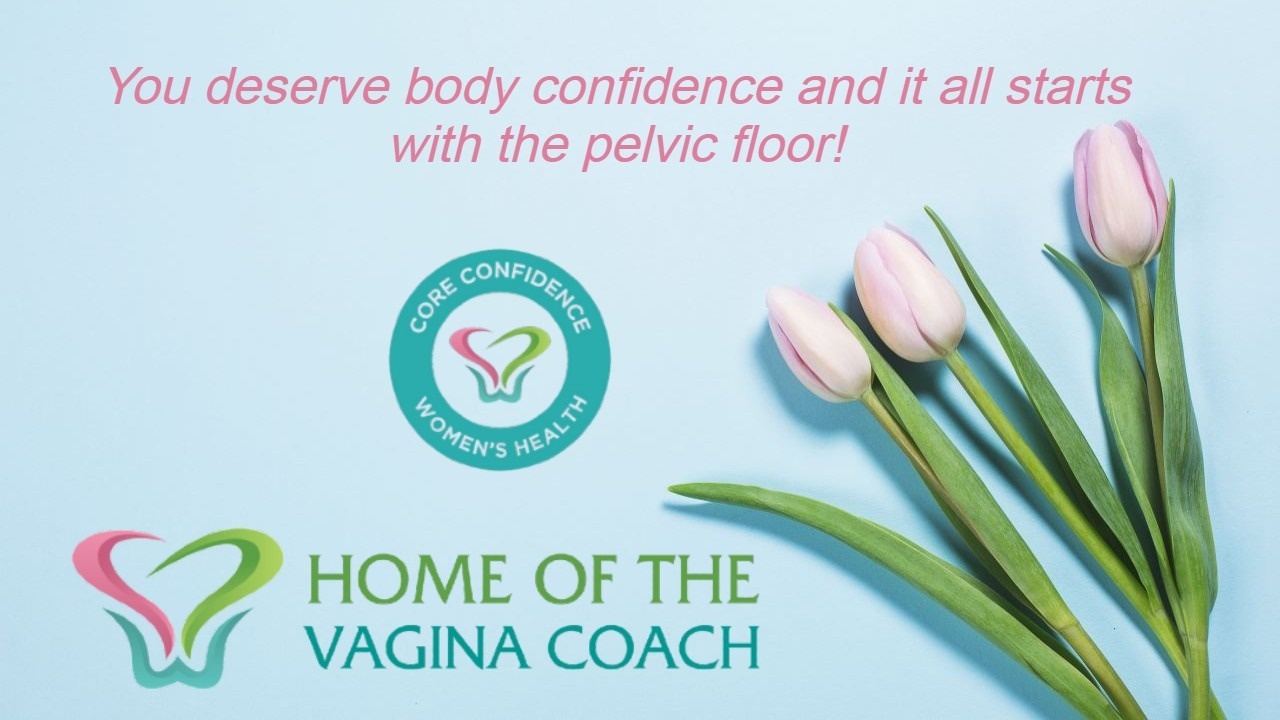
Your Core and Pelvic Floor
May 28, 2022Your core is probably the most impacted part of your body during pregnancy, birth and postpartum. Yet, it gets little to no attention.
Most people think of the core as being the six-pack and the low back; they are correct, to an extent, but let’s look a little bit deeper than that.
The Components of the Inner Core
Your core is made up of a number of muscles that work together to support the spine and pelvis. We are going to look now at the inner core, or what I like to call “The Core Four.”
The Core Four is made up of four key players: the breathing diaphragm, the transversus abdominus, the multifidus and the pelvic floor.
This team is designed to work together in anticipation of your every move. That’s right, they should anticipate and prepare you for the task at hand before you even move!
The function of the core is directly tied to the breath and the breath is directly tied to posture and alignment. If your alignment is off or you are standing/sitting with poor posture, the breath is not optimized and the function of your core is hindered.
The Pelvic Floor and your Core
The pelvic floor is a key part of the inner core - that's right – it is part of the core! Who knew?! The pelvic floor is the foundation of your core and deserves a lot more attention than it gets!
The pelvic floor is a highly vascular, as well as a highly innervated, part of the body. The nerves, muscles and connective tissue work to keep you continent, to provide support to the internal organs (the bladder, the uterus, and the rectum), to stabilize the spine and pelvis, and to contribute to your sexual satisfaction. It also plays a major role in childbirth.
Because it is not visible, the pelvic floor is rarely thought about until there is a problem. Problems will often show up during pregnancy or after childbirth in ways such as incontinence, pelvic pain, organ prolapse, sexual challenges, back pain and/or hip pain.
These problems, also known as pelvic floor dysfunction, can develop from a variety of reasons such as overuse (muscles that don’t relax and that are tight and weak as a result), under-use (muscles that lack tone and are weak), injury (perineal injury or nerve injury from birth, sports, accidents), or from poor posture and alignment.
Training the Core
The Core Breath is always my starting point in terms of training the core – it works all of the parts of the inner core and establishes or re-establishes the synergy you are looking for in your foundation.
Once you have mastered the core breath, you then add it into movement so you can work the core as it should be worked – with movement.
Pack a Punch with Kegels and Movement Exercises has two videos on the Core Breath to help for incontinence, prolapse & low back pain, and a combo of exercises for Abs, Thighs and Pelvic Floor.
For more detailed information you may want to read



